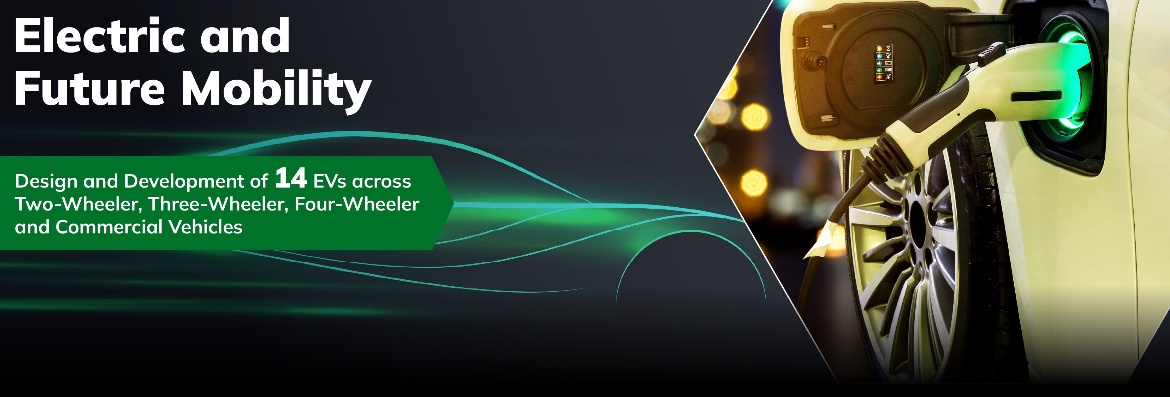Introduction: In a surprising turn of events, electric vehicles (EVs) outsold internal combustion engine (ICE) vehicles by a ratio of ten to one in the first innings. This fact may sound unbelievable or futuristic, but it is rooted in history and backed by extensive research. Let's explore the fascinating evolution of EVs, their challenges, and the promising future that lies ahead.
The Early Days: As early as the 18th century, inventors like Thomas Davenport and Thomas Edison tinkered with electric motors and batteries, leading to the development of electric carts and carriages. In 1896, the first car dealership exclusively for EVs was established, and companies like Oldsmobile and Studebaker began as successful EV manufacturers before transitioning to gasoline-powered vehicles. Although EVs gained popularity despite being produced on a small scale, their limited range and the emergence of gasoline-powered vehicles hindered their widespread adoption.
The Downfall: In 1913, Henry Ford revolutionized the automobile industry with the invention of the motorized assembly line for mass production of gasoline vehicles. This innovation, coupled with the lack of standardized components and infrastructure for EVs, led to the demise of 90% of EV manufacturers. Additionally, the development of better road infrastructure and the discovery of petroleum fields enabled long-distance travel, further diminishing the appeal of EVs. Consequently, EVs became niche vehicles, primarily used for delivery vans, freight handlers, and golf carts.
A Second Chance: EVs experienced a rebirth during the oil crisis of 1973 when the Organization of Petroleum Exporting Countries (OPEC) initiated an oil embargo, prompting the search for alternative energy sources. In the 1990s, concerns over air pollution and depleting energy resources led major carmakers to resume EV production. However, conflicts and various reasons led to the weakening of regulations such as the California Air Regulatory Board's Zero Emission Vehicles (ZEV) mandate, resulting in the destruction of existing EVs.
Technological Advancements and Support: The support from organizations like the Electric Auto Association (EAA) and advancements in battery technology, such as lithium-ion batteries and advanced battery management systems, paved the way for the production of the first battery electric vehicle (BEV) in 2008. Initially, only a few countries embraced this alternative mode of transport to reduce emissions. However, over the years, more than 20 countries have taken initiatives to completely phase out ICE vehicles, fueled by international governments' support and the urgency to combat climate change.
Overcoming Challenges: One of the main challenges faced by EVs is the concern about range and distance. A staggering 242 million searches related to EV range highlight people's hesitation to embrace EVs fully. Factors such as battery cost, purchasing cost, and charging time directly or indirectly influence range and impact acceptance rates. The cost of battery manufacturing alone accounts for 40% of the total EV cost. However, considering the exponential adoption of EVs globally and with support from governments and increasing pressure due to climate change, the EV industry is expected to achieve similar performance and efficiency levels to ICE vehicles in a relatively shorter period.
Regulations and Infrastructure: To bridge the price gap between EVs and ICE vehicles, governments worldwide have implemented measures such as support funds, subsidy programs, and VAT exemptions. Initiatives like FAME in India and EVI globally aim to accelerate EV adoption. However, the slow adoption rate is influenced by factors such as charging infrastructure, charging time, consumer perception, and travel distance. The development of a well-planned charging network, including fast and rapid chargers, within close proximity, is crucial for facilitating widespread EV adoption. Innovations like wireless charging and superchargers for electric buses.
#ev #automotive #manufacturer


No comments yet